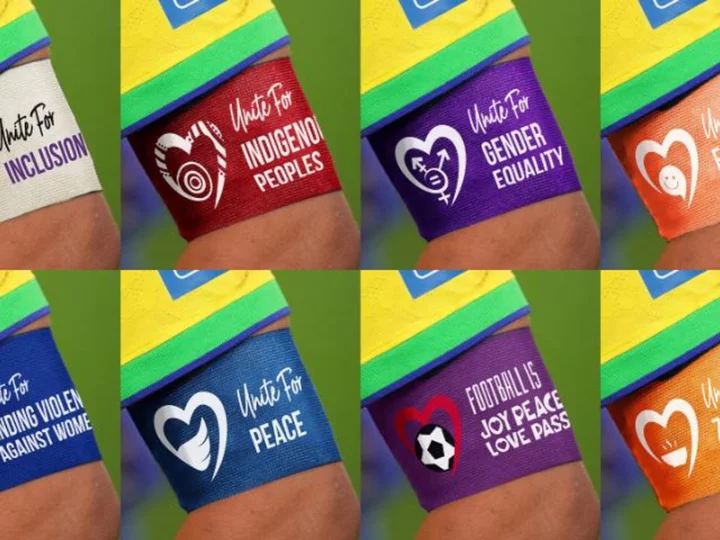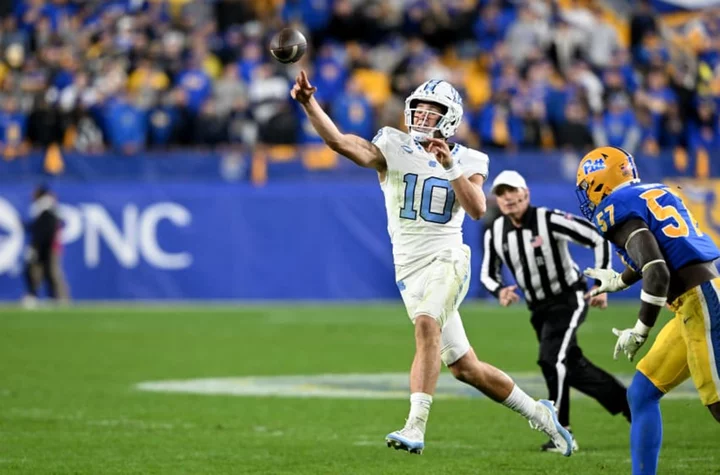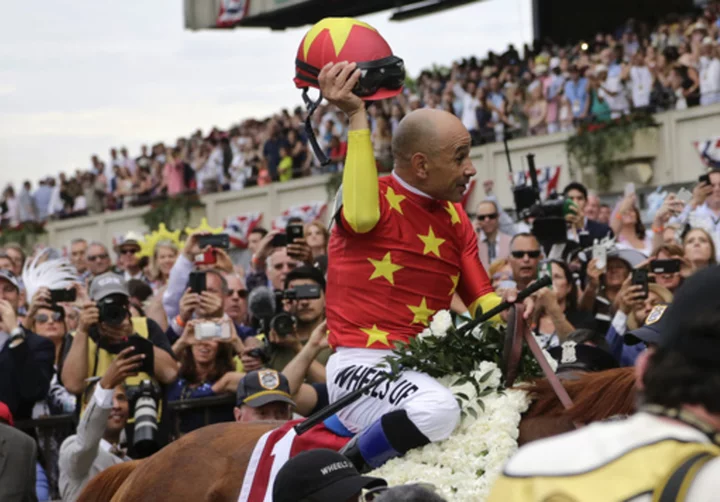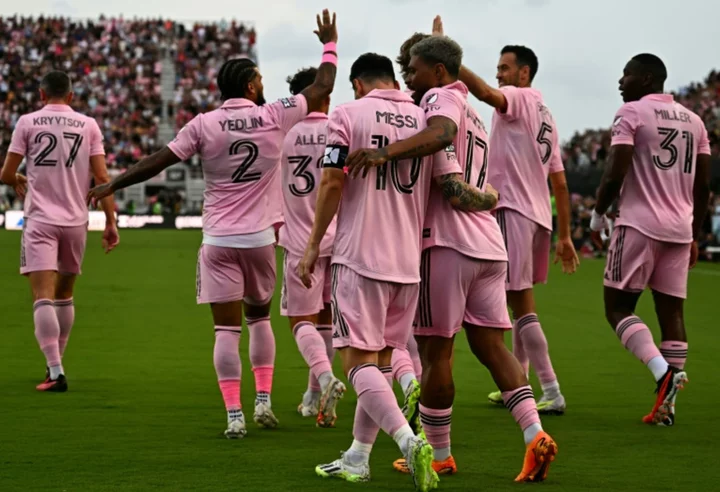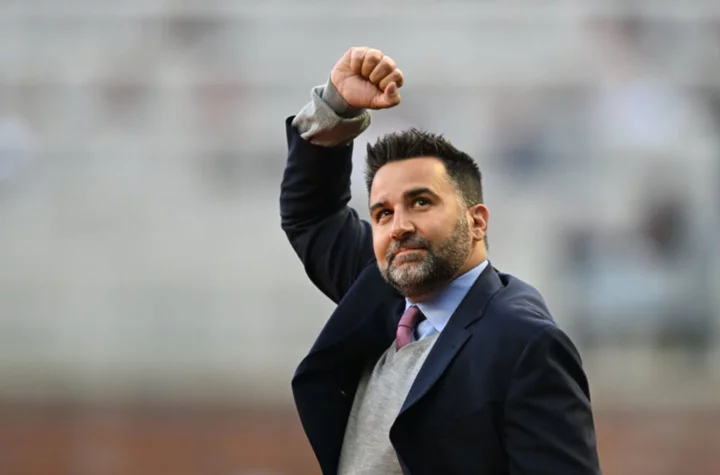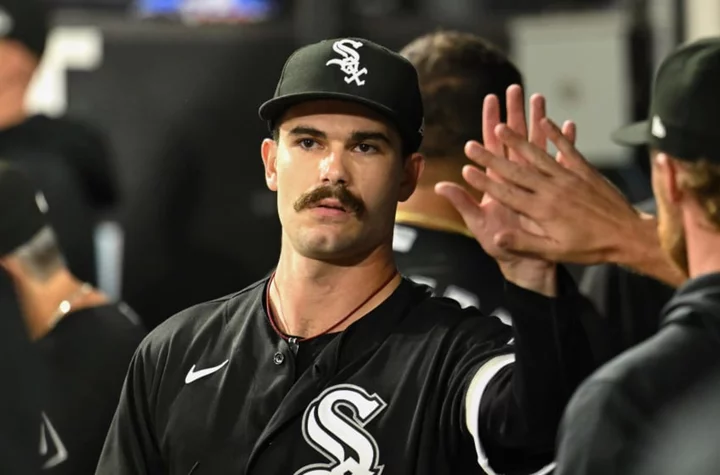As Ali Riley and her New Zealand team claimed a surprise victory over Norway in the opening match of the 2023 Women's World Cup on Thursday, the Football Ferns captain could be seen sporting a white and blue armband emblazoned with the words "Unite for Inclusion."
In contrast, Steph Catley -- who captained Australia in the absence of regular skipper Sam Kerr, who was injured -- was wearing a similarly colored armband that said, "Unite for Indigenous Peoples" as the Matildas battled to a 1-0 win over Ireland in Sydney.
Those expressions represent two of the eight options that captains at the showpiece event can choose from after armbands became an unlikely talking point at the men's event in 2022.
What are the eight Women's World Cup armbands?
The eight different armbands each carry a "specific message" according to FIFA, falling under the governing body's "Football Unites the World" campaign and in partnership with various United Nations' agencies and the World Health Organization (WHO).
Unite for Inclusion -- in partnership with UN Human Rights
Unite for Indigenous Peoples -- in partnership with UN Human Rights
Unite for Gender Equality -- in partnership with UN Women
Unite for Peace -- in partnership with UNHCR, the UN Refugee Agency
Unite for Education for All -- in partnership with the UN Educational, Scientific and Cultural Organization (UNESCO)
Unite for Zero Hunger -- in partnership with the UN World Food Programme
Unite for Ending Violence Against Women -- in partnership with UN Women
Football is Joy, Peace, Love, Hope & Passion -- in partnership with the WHO
Why did FIFA sanction these armbands?
During last year's men's World Cup in Qatar, a number of European captains withdrew from wearing an armband adorned with a heart striped in different colors as part of the "OneLove" campaign.
The teams involved, which included England, the Netherlands and Germany, said in a statement that FIFA had threatened on-field sanctions -- such as yellow cards -- for any "breaches of kit regulations."
The idea of wearing the armband was intended to represent a stand against all forms of discrimination -- including solidarity with people of different genders and sexual identities.It is notable that none of the listed options for the women's captains explicitly mention LGBTQ rights -- instead couching the issue in "themes" of "gender equality" and "inclusion."
How were the armband themes chosen?
To choose the themes, a release on the FIFA website describes the "Football Unites the World" campaign as a "global movement to inspire, unite and develop through football."
FIFA said it selected the specific causes following "extensive consultation with players and participating teams" in order to "raise awareness for several important social matters."
In a separate statement from June 30, when the armbands were announced, FIFA President Gianni Infantino said: "Football unites the world and our global events, such as the FIFA Women's World Cup, have a unique power to bring people together and provide joy, excitement, and passion.
"But football does even more than that -- it can shine the spotlight on very important causes in our society."
What has the reaction been to the armbands?
Several teams have embraced the causes highlighted by FIFA-sanctioned armbands. England captain Millie Bright said she planned to wear three different armbands for each of her team's group stage matches.
"As a group, we felt really strongly about all the causes, and we couldn't separate one from the other," Bright said, according to Reuters.
"As a team, we know what we stand for, what we believe in and we also know the changes that we want to make. So regardless of an armband, we would like to think our actions and our morals represent everything that we believe in and stand for."
Sarah Gregorius, representative for global players union FIFPRO, also supports the idea.
"You've got players who might feel something individually, but know because of their cultural context that that's going to be a particularly dangerous stance to take, so it's difficult to say, 'This is the position on behalf of all 32 captains of all 32 national teams,'" Gregorius told Reuters.
Other forms of expression at the World Cup
While players have not been able to wear pride-colored armbands, that has not stopped them from finding other creative ways to express themselves about social issues.
New Zealander Riley's painted nails were visible as she was interviewed after the match -- one hand displaying the colors of the rainbow flag, the other displaying the colors of the trans flag -- in an apparent show of support for the LGBTQ+ community.
Before the tournament and FIFA's announcement, Riley told CNN Sport's Amanda Davies that she "would be honored to wear a rainbow armband."
She said: "I would love for us as captains to come together and working with FIFA to make sure that we are able to have a voice and are able to share what we believe in. But I am confident that we will find ways, no matter what, to make sure our voices are heard."
Her colorful nails were praised across social media, "breaking the internet," her club Angel City FC said on Instagram, alongside photos of her during the game.
"Nothing stopping Ali Riley from showing PRIDE at the World Cup this summer," the website Women's Sport Exchange tweeted.
Even Hollywood actress Jennifer Garner praised the New Zealand captain, commenting on Angel City's post: "We stan (Ali Riley)."

